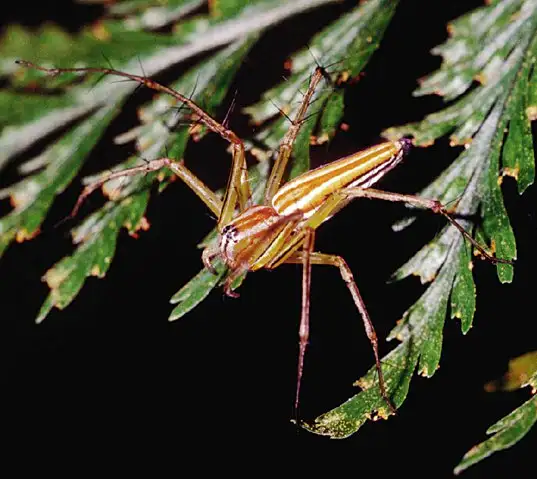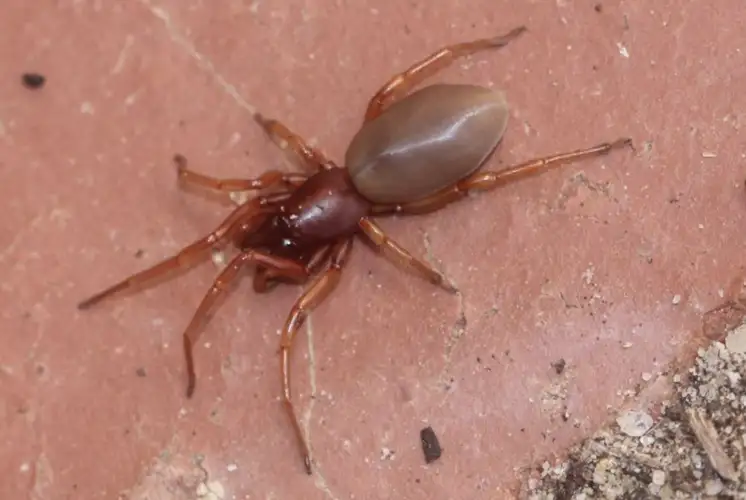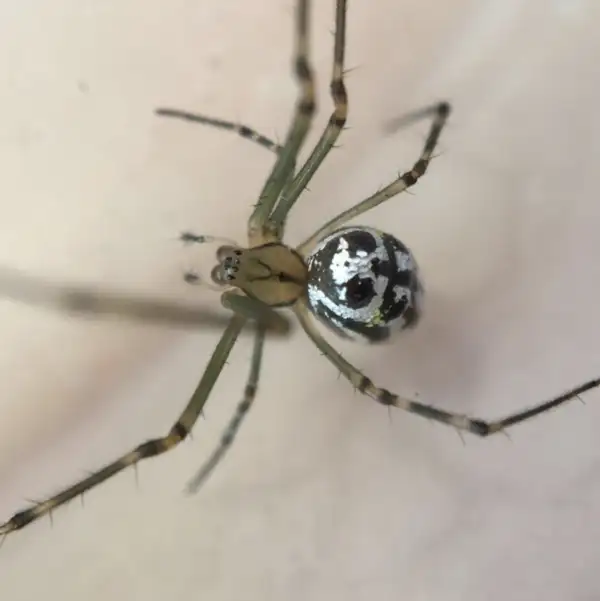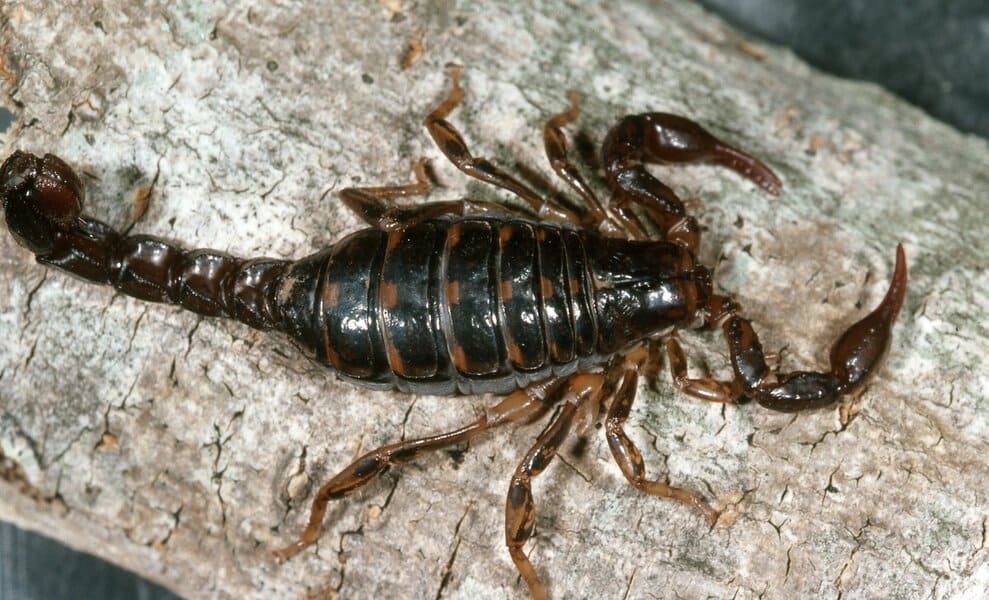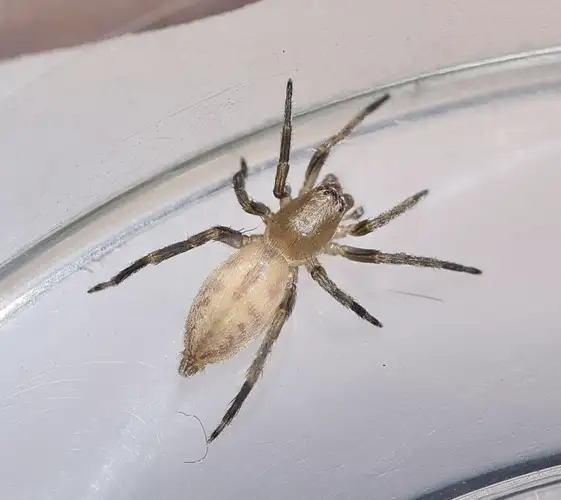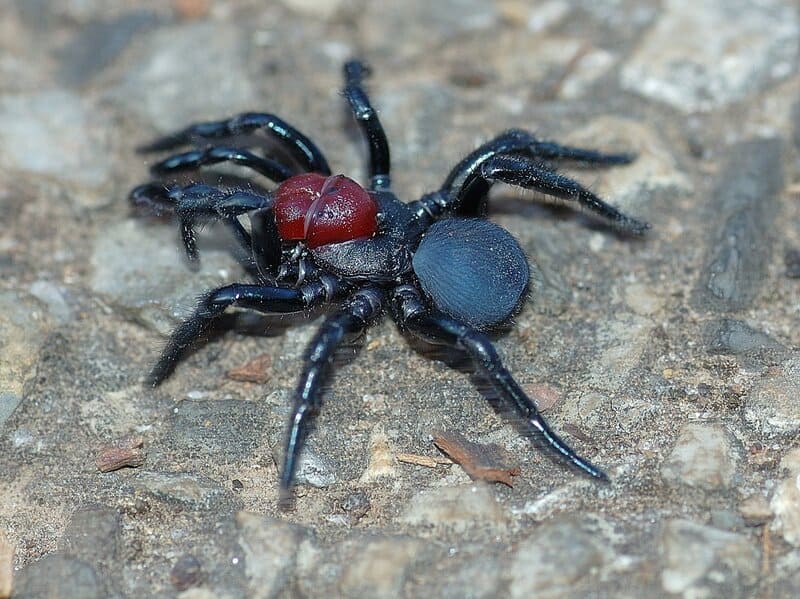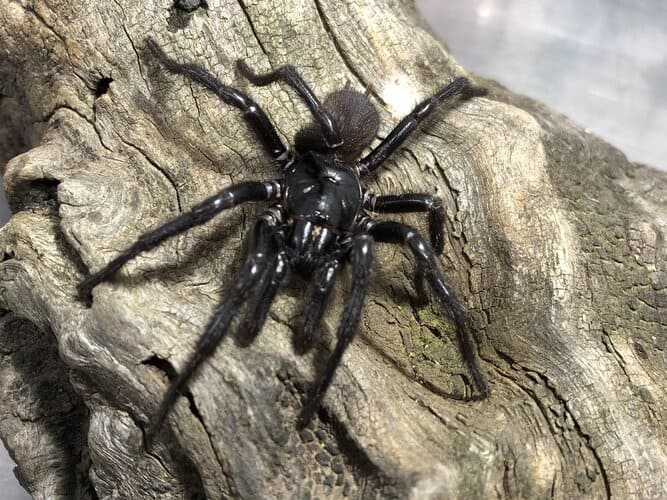Lynx Spiders
IUCN
Not evaluatedBasic Information
Scientific classification
- name:Lynx Spiders
- Scientific Name:Oxyopidae (e.g. Oxyopes, Peucetia)
- Outline:Arthropoda
- Family:Oxyopidae Oxyopes
Vital signs
- length:Typically 3–25 mm body length; many common species 5–15 mm
- Weight:From a few to several tens of milligrams depending on species and individual
- lifetime:Usually around 1 year; some species up to 1–2 years
Feature
Active foliage hunters; good vision; fast runners and leapers; legs with conspicuous spines.
Distribution and Habitat
Grasses, shrubs, crops and flowers in fields, gardens and open habitats across much of the world.
Appearance
Light, agile spiders with high carapace, spiny legs and green, yellow or brown colours, often striped or spotted for camouflage.
Details
Lynx spiders are active hunting spiders belonging to the family Oxyopidae. They are best known for their agility, good vision and spiny legs, and are commonly found on grasses, shrubs and flowers in warm and temperate regions worldwide.
Basic Biology
Scientific scope: Family Oxyopidae – lynx spiders (e.g. genera Oxyopes, Peucetia)
Size: Small to medium; most species about 3–25 mm in body length, many common species 5–15 mm.
Longevity: Typically around 1 year, occasionally up to 1–2 years in favourable conditions.
Ecology & Hunting Behaviour
Lynx spiders make little or no use of prey-catching webs. Instead they live as active foliage hunters, running and leaping among leaves and stems. Many species frequent flowers and ambush visiting pollinators or other insects, in a manner similar to crab spiders.
They have relatively good eyesight for spiders and react quickly to movement. Some species move rapidly through vegetation, while others rely more on sit-and-wait tactics, lunging at prey that comes within reach.
Morphology
Members of Oxyopidae typically have a high carapace, a characteristic eye arrangement, and legs armed with numerous, erect spines that can form a basket-like structure around captured prey. Colouration ranges from green and yellow to brown, often with stripes or spots that provide camouflage among foliage and flowers.
Venom & Human Interactions
Lynx spiders use venom to subdue insects and other small arthropods. Bites to humans are uncommon and usually mild, causing short-lived local pain, redness or itching. They are not regarded as dangerous to healthy people and generally flee rather than bite when disturbed.
Ecological Role
By feeding on aphids, leafhoppers, caterpillars and other crop pests, lynx spiders can act as useful biological control agents in agricultural systems such as cotton fields and orchards. In some cases they may also take pollinating insects, so their net effect depends on the balance of prey types, but overall they are considered beneficial predators in many habitats.
FAQ
Q1. Are lynx spiders dangerous to humans?
No. Their venom is adapted for small prey and bites to humans are rarely more than mildly painful and locally irritating.
Q2. Why are they called “lynx” spiders?
The name refers to their cat-like agility, good vision and pouncing hunting style, not to large size.
Q3. Do lynx spiders build webs?
They do not spin large prey-catching webs, using silk mainly for egg sacs, retreats and safety lines while hunting.
Q4. Are lynx spiders beneficial in gardens and fields?
Yes. Many species consume significant numbers of pest insects, although they may occasionally eat pollinators as well.

